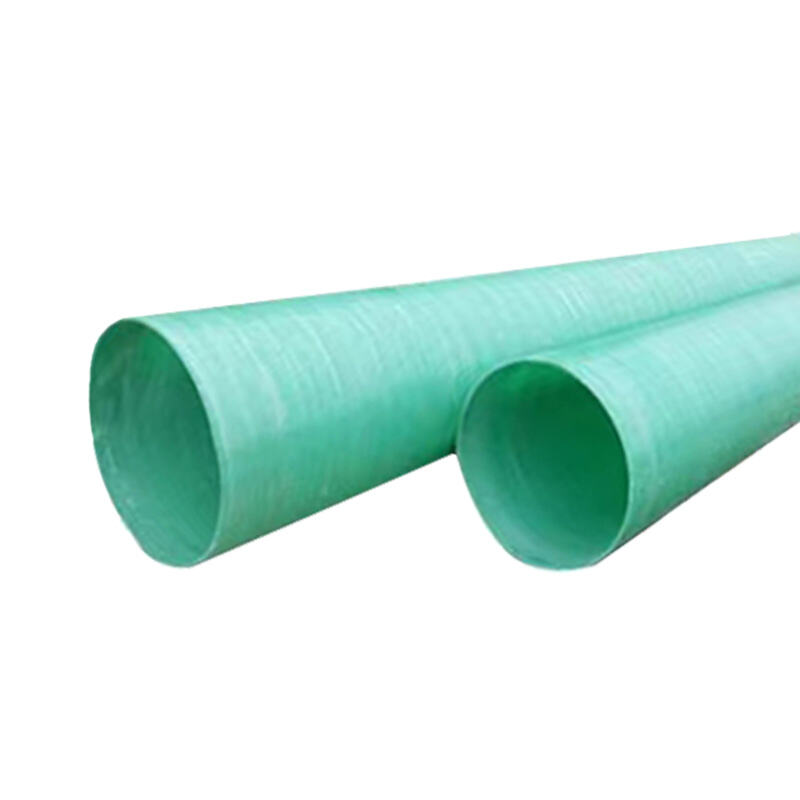dwv pipe definition
DWV pipe, which stands for Drain, Waste, and Vent, is a crucial component in modern plumbing systems designed specifically for the removal of wastewater and proper venting of plumbing fixtures. These pipes are manufactured from durable PVC material and are engineered to maintain consistent drainage flow while preventing harmful sewer gases from entering living spaces. DWV pipes feature a distinctive design with thicker walls than standard PVC pipes, ensuring long-term durability and resistance to chemical corrosion. The system operates through gravity-fed waste removal, utilizing carefully calculated slope requirements to ensure efficient drainage. A key characteristic of DWV pipes is their ability to handle both liquid and solid waste while maintaining proper air circulation through the venting system. These pipes are commonly available in various diameters, typically ranging from 1.5 to 6 inches, making them suitable for different applications in residential and commercial buildings. The installation of DWV pipes must comply with local plumbing codes and requires precise planning to ensure proper waste removal and ventilation throughout the entire system. The material composition of DWV pipes allows them to withstand temperatures up to 140 degrees Fahrenheit, making them ideal for both hot and cold waste water applications.














![DWV Pipe Definition: Drain, Waste & Vent System Guide [2025]](https://shopcdnpro.grainajz.com/category/52461/1943/86005127c6ae7dbf3a7c713302824956/whatsapp.png)
![DWV Pipe Definition: Drain, Waste & Vent System Guide [2025]](https://shopcdnpro.grainajz.com/category/52461/1943/6a8c11c1dbf52c8177ac5b4b5f8787a3/facebook.png)
![DWV Pipe Definition: Drain, Waste & Vent System Guide [2025]](https://shopcdnpro.grainajz.com/category/52461/1943/40cedbfb31878e96de37a42faea99539/linkedin.png)
![DWV Pipe Definition: Drain, Waste & Vent System Guide [2025]](https://shopcdnpro.grainajz.com/category/52461/1943/ce19872be0d826c5bc8aeec51bb94770/youtube.png)